Some six years ago, I sold my old Ricoh GXR to finance what would become my travel camera for the next half decade: The Ricoh GR. The camera turned out to be a keeper as I still have it and use it from time to time despite the poor condition it is in nowadays.
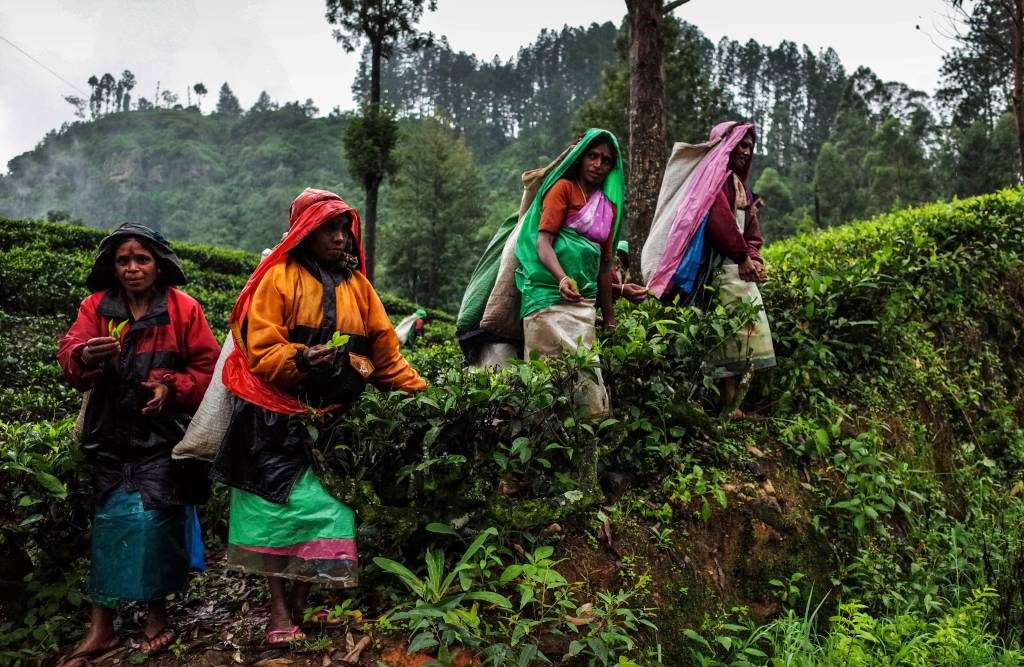
Back in 2013, I had barely a fortnight to test and get accustomed to the GR before my wife and I flew to Sri Lanka. My wife had a GRD3 which recently went to my son and is still in working order. However I did not know then how sturdy and solid the GR would be despite being so compact and light.
Tsunami
After landing in Colombo in the early hours of the morning, we went to Negombo, a fishing village on the east coast of the island. It was one of the areas that had been badly hit by the 2004 tsunami but it seemed that life had returned in full.
The beach, or what was left of it, was covered with drying fish that the fishermen’s wives would turn over and over again and again. In the
Buddha’s rest
We then moved north to the first archaeological site on our list. There was an old tree where the Buddha is supposed to have rested. The women’s coloured saris were magnificent and so was the statue carved into the rock. Further away a dog was enjoying a bit of peace and quiet.
Then we moved to the site of Polonnâruvâ and Sirigya. The two sites are sheer beauty but quite crowded. Many Ceylonese go to Polonnâruvâ on pilgrimage. Sirigya is different because the palace is built on a rock towering 200 meters over the plain. It’s best not to be a sufferer from vertigo as the last bit of the climb is done up iron steps in the air and, despite the protections, it feels strange.
The Ceylonese engineers were real geniuses as they managed to build a bathing pool at the top of the palace, some 200 meters above ground level, in the middle of the fifth century. I’m in no way a scientist, but I was amazed by the mere fact that this had been accomplished at all. The view from the top, with the tea mountains in the distance, is truly amazing. We spent three days in the area before moving to Kandy. On the road, I had time for a quick shot of a mahout with his elephant.
Golden door
Kandy is a nice provincial town. It has an amazing
The city also has an amazing indoor market which sells about anything from fruit to saris, electronics and so on. In the centre of it, on the first floor, there’s a sort of large area where you have traditional tailors working their old sewing machines in the open air.
After Kandy, time to climb in the tea lands. In the hills and mountains, it was very wet. There are many waterfalls and the town of Nuwara Eliya, where the British colonial administrators used to take refuge from the hot weather of the coastal plains.
What was striking was the poverty of the families of tea-pickers. They live in company-owned villages next to the plantations and don’t have decent working conditions from what we saw. Yet sunrise over the tea hills was really beautiful.
Icing on the cake
We finished our trip in the southern tip of Sri Lanka in a national park and that really was the icing on the cake. We stayed at a farm bed and breakfast. The comfort was basic, a room with shutters but no window, a flashy pink mosquito net, a wheezing fan, basic cold shower and toilets densely populated with many coloured frogs that would jump out of the basin every time you flushed.
The farmer’s family which welcomed us were really nice, especially their inquisitive two-year-old daughter who accompanied us on our walks in the evenings. The area is home to rice terraces, a wonderful coloured market with friendly people and amazing bus stations with flashy colours. The landscape is really amazing, populated with multicoloured birds, giant bats, elephants and snakes, some of which are not really nice.
Wonderful companion
That was my first experience with the GR and it never failed me since. I discovered for the first time how unobtrusive it was. People thought it was a point-and-shoot camera which it was definitely not. It was really easy to make portraits of people and share the images with them.
Back home, I was amazed by the quality of the pictures from such a small device. What was basically meant as a street camera proved a wonderful companion I still use six years after its launch. Unless it dies, I won’t upgrade with the new GRIII model that was introduced a month or so ago.


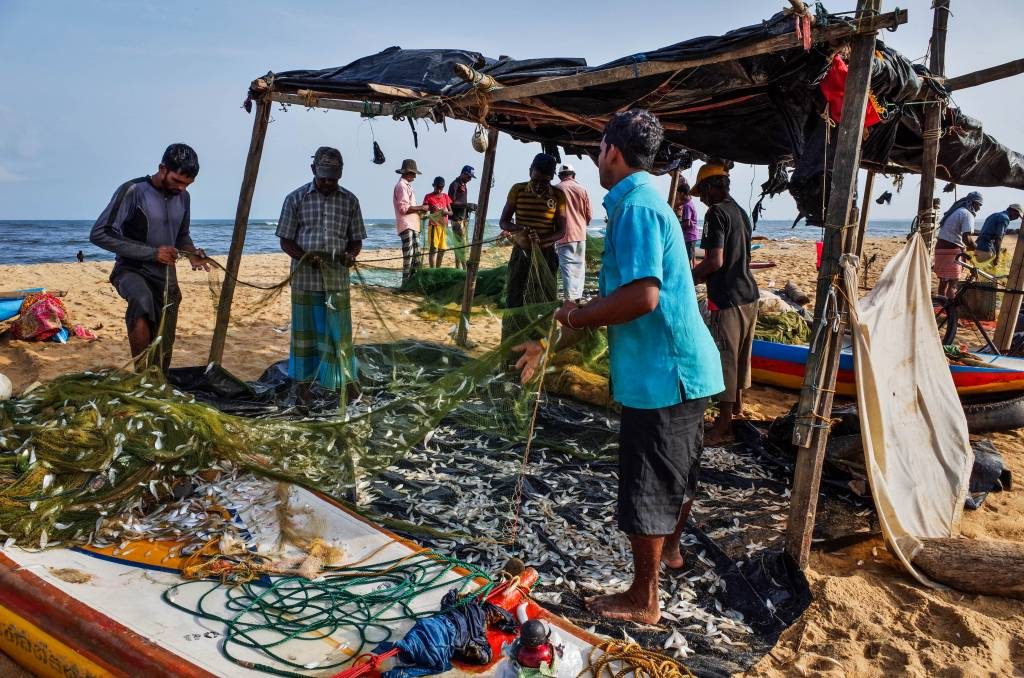
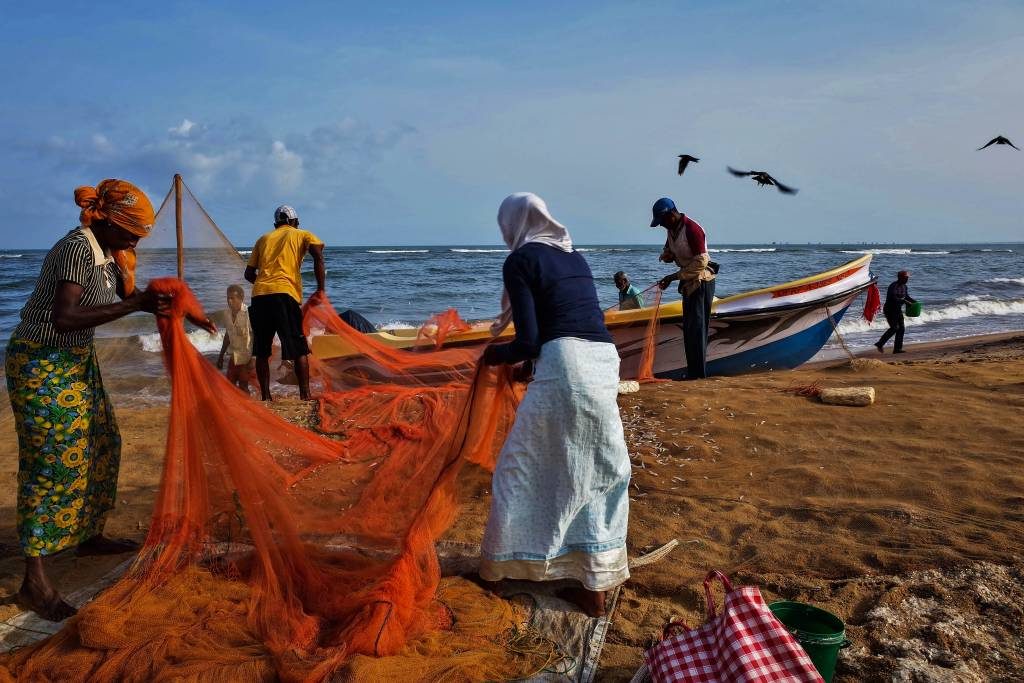
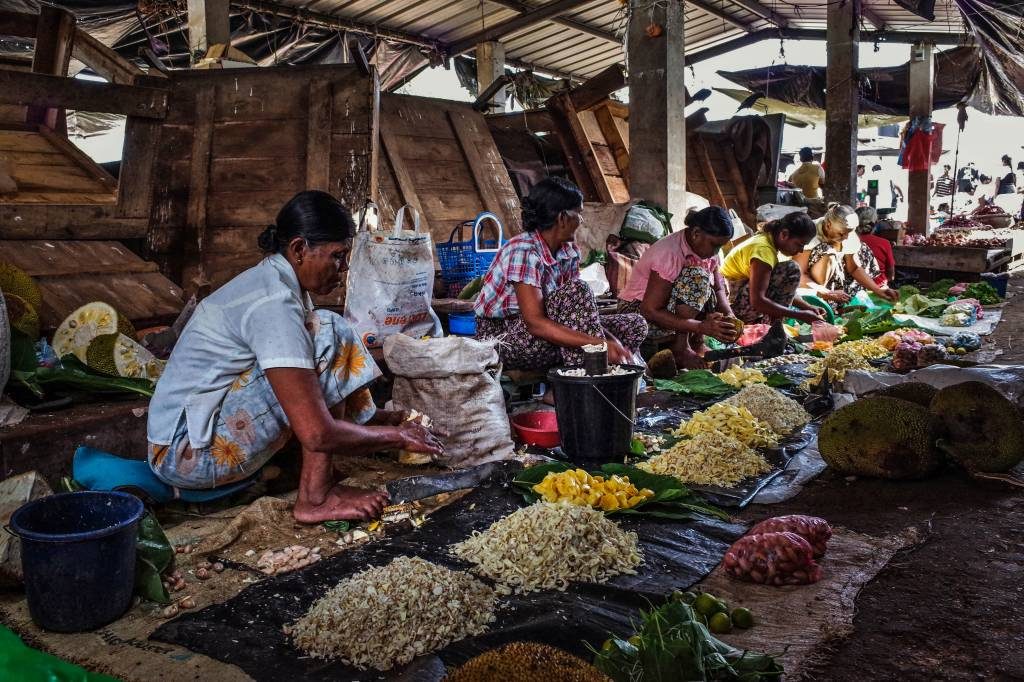
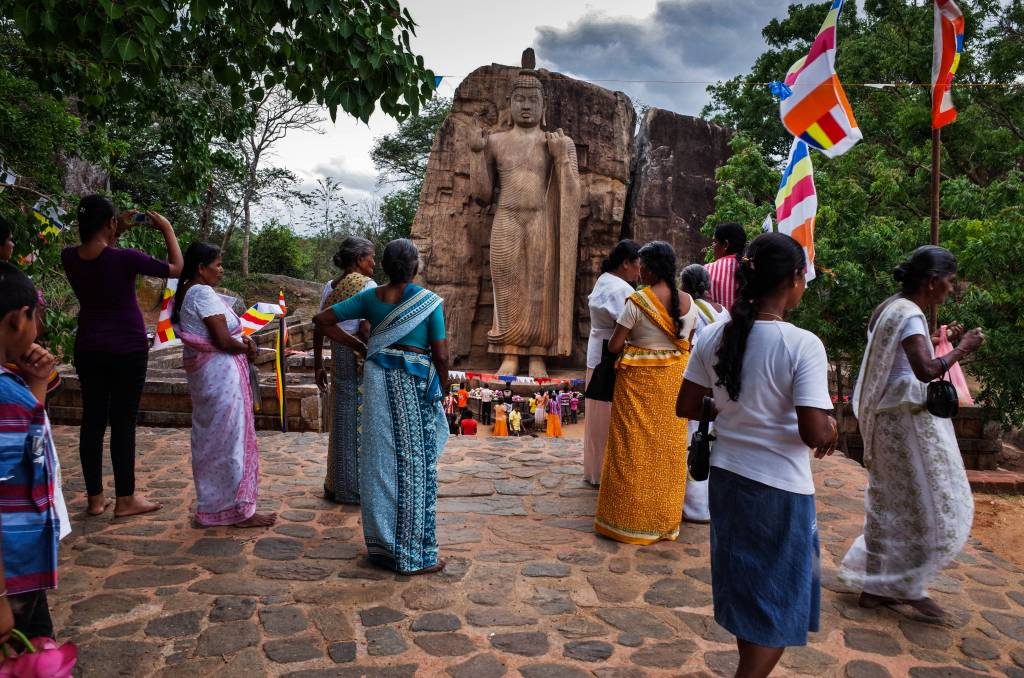
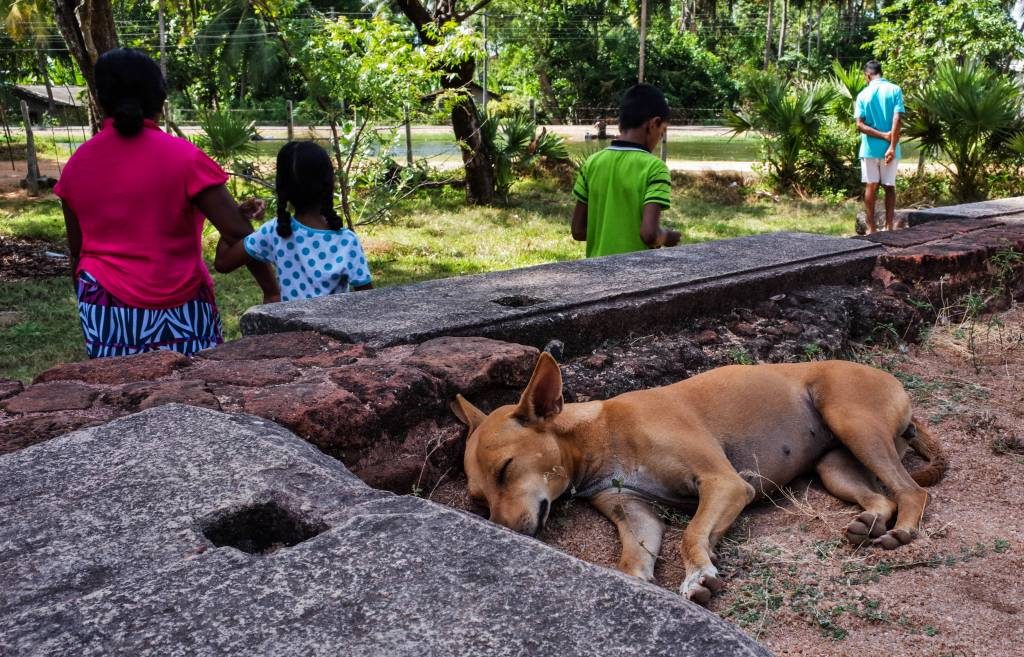
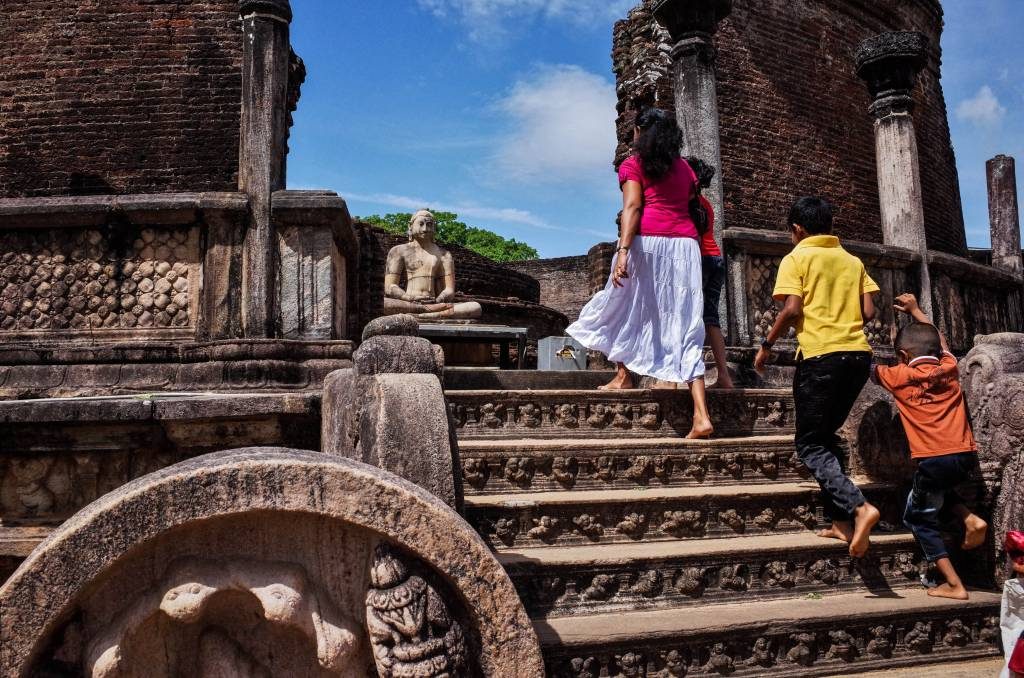
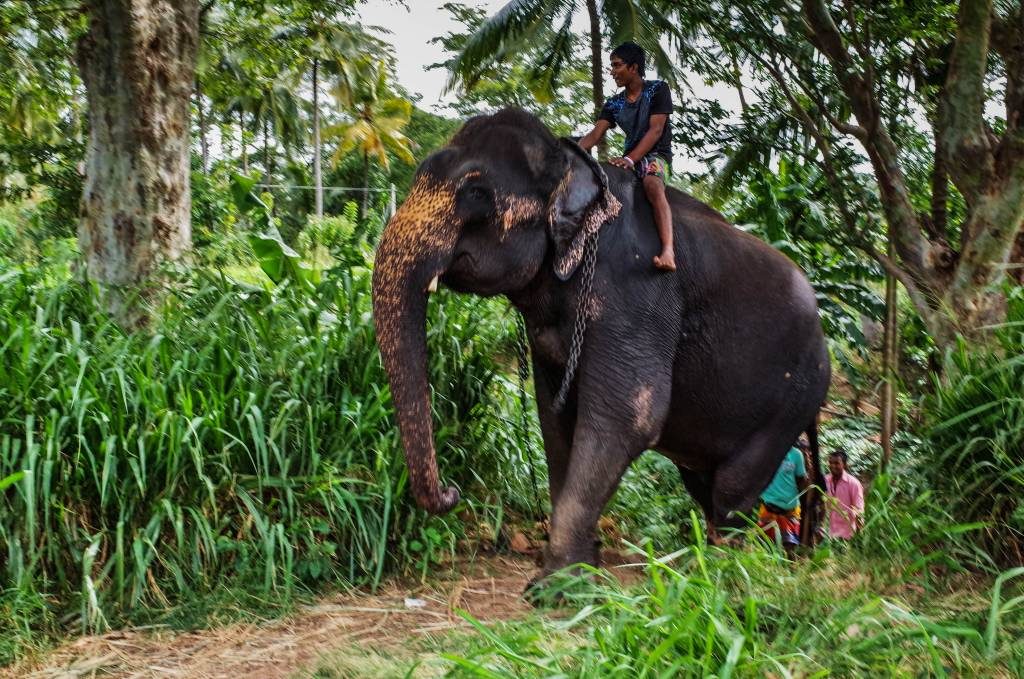
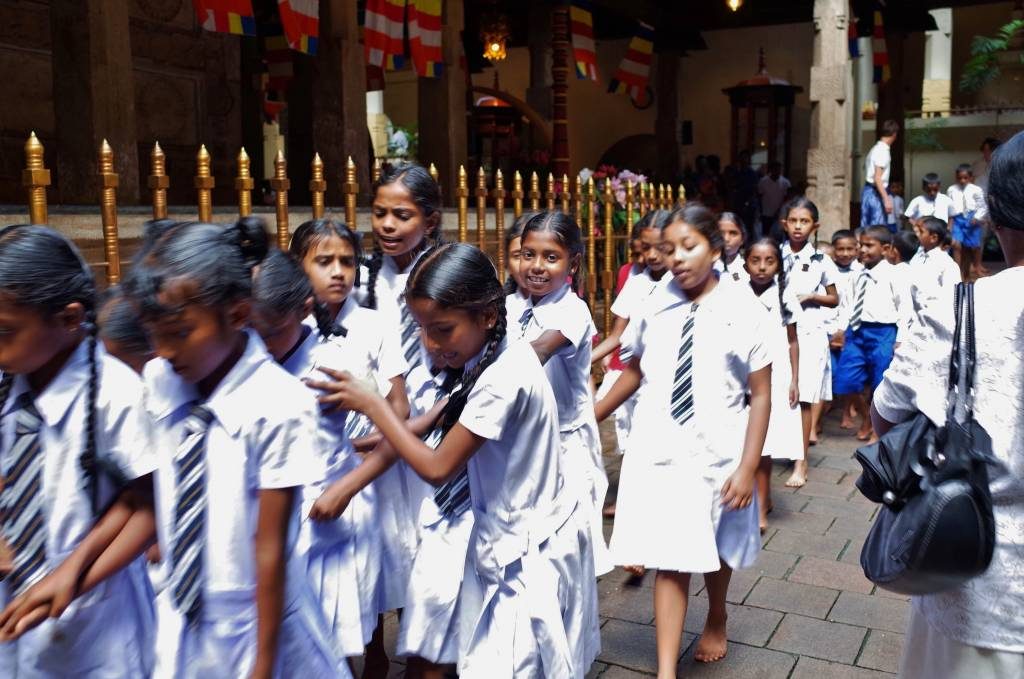
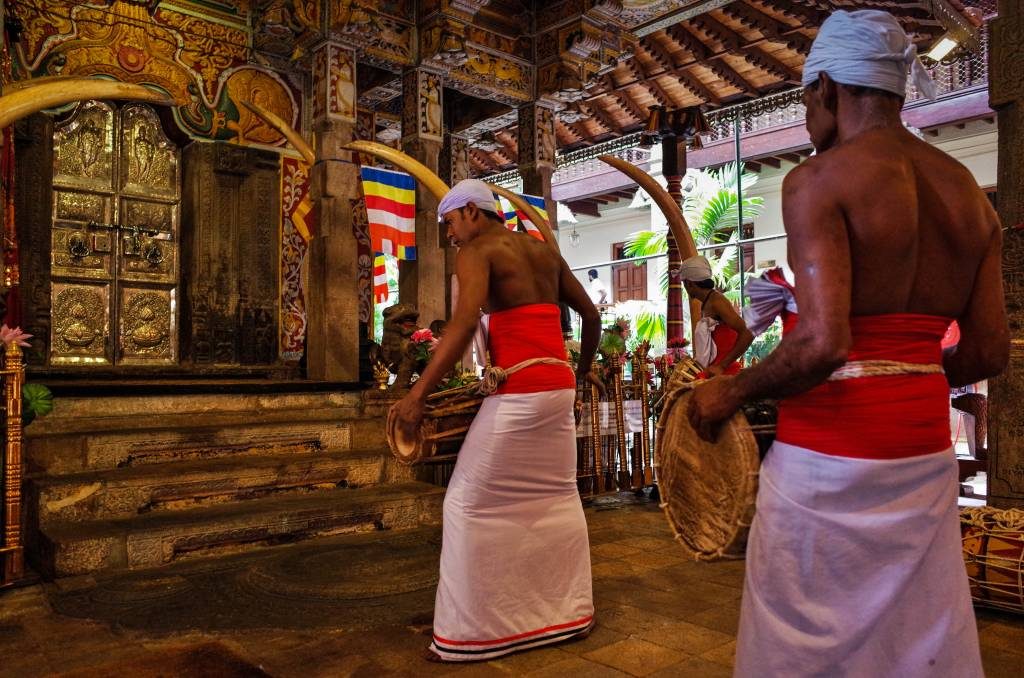
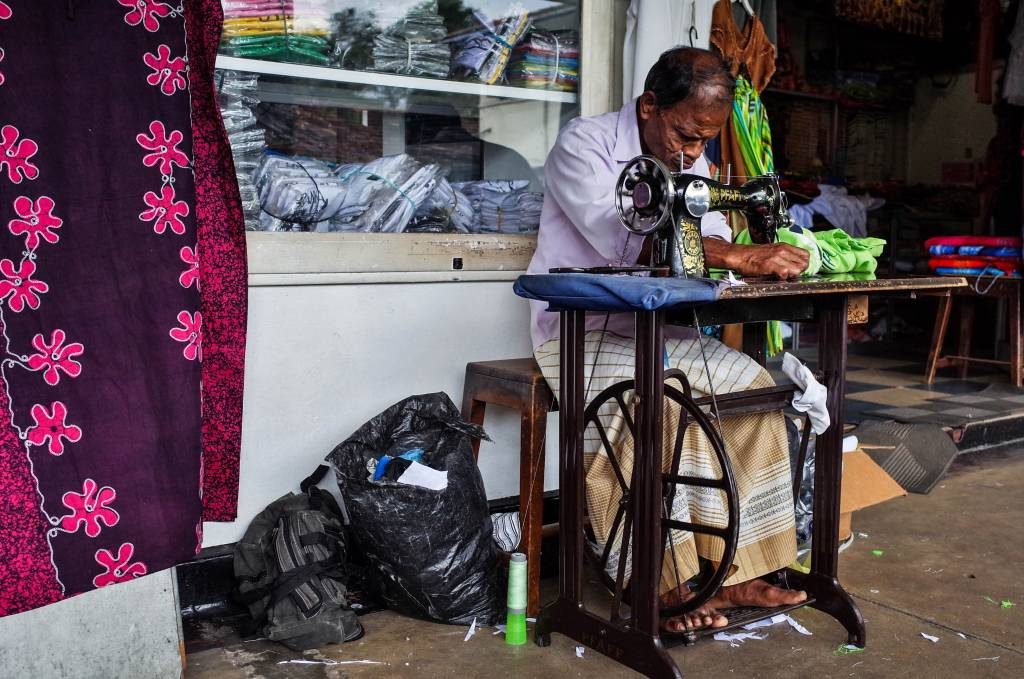
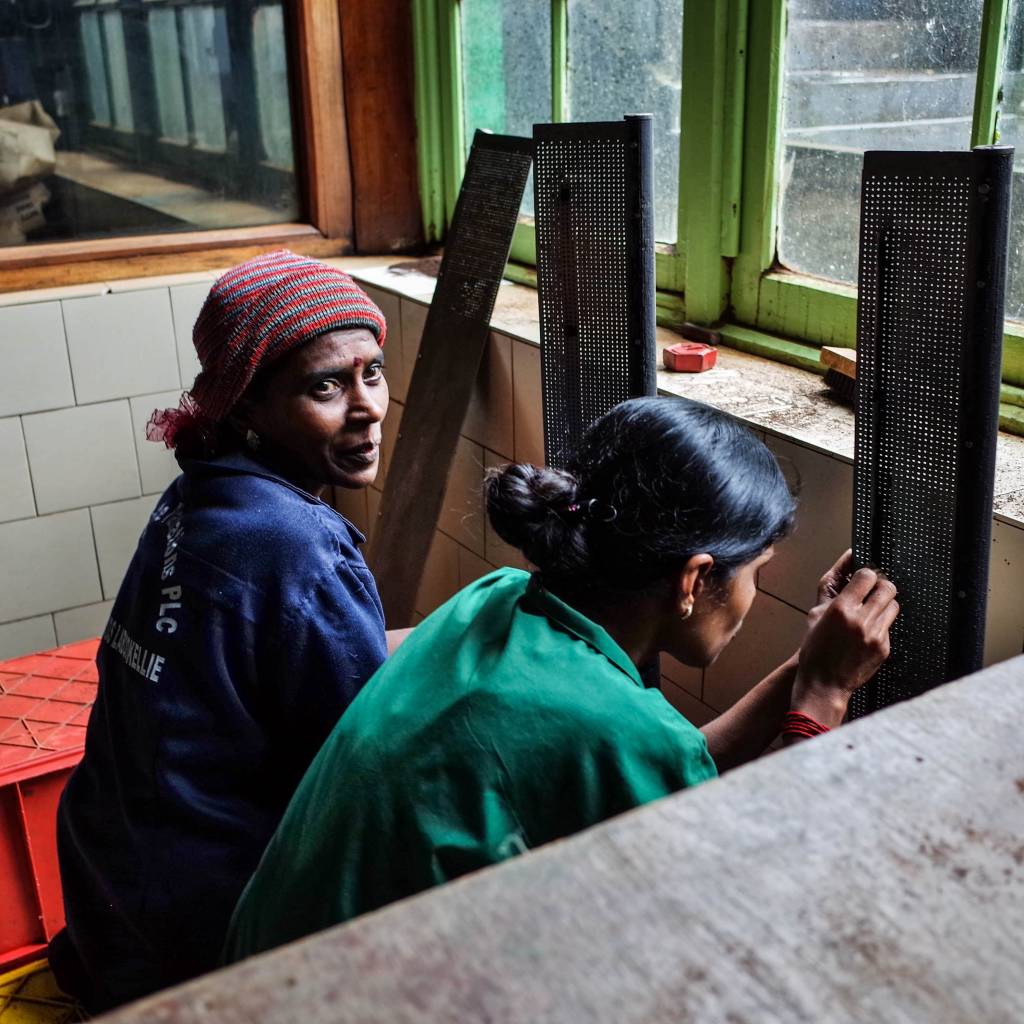
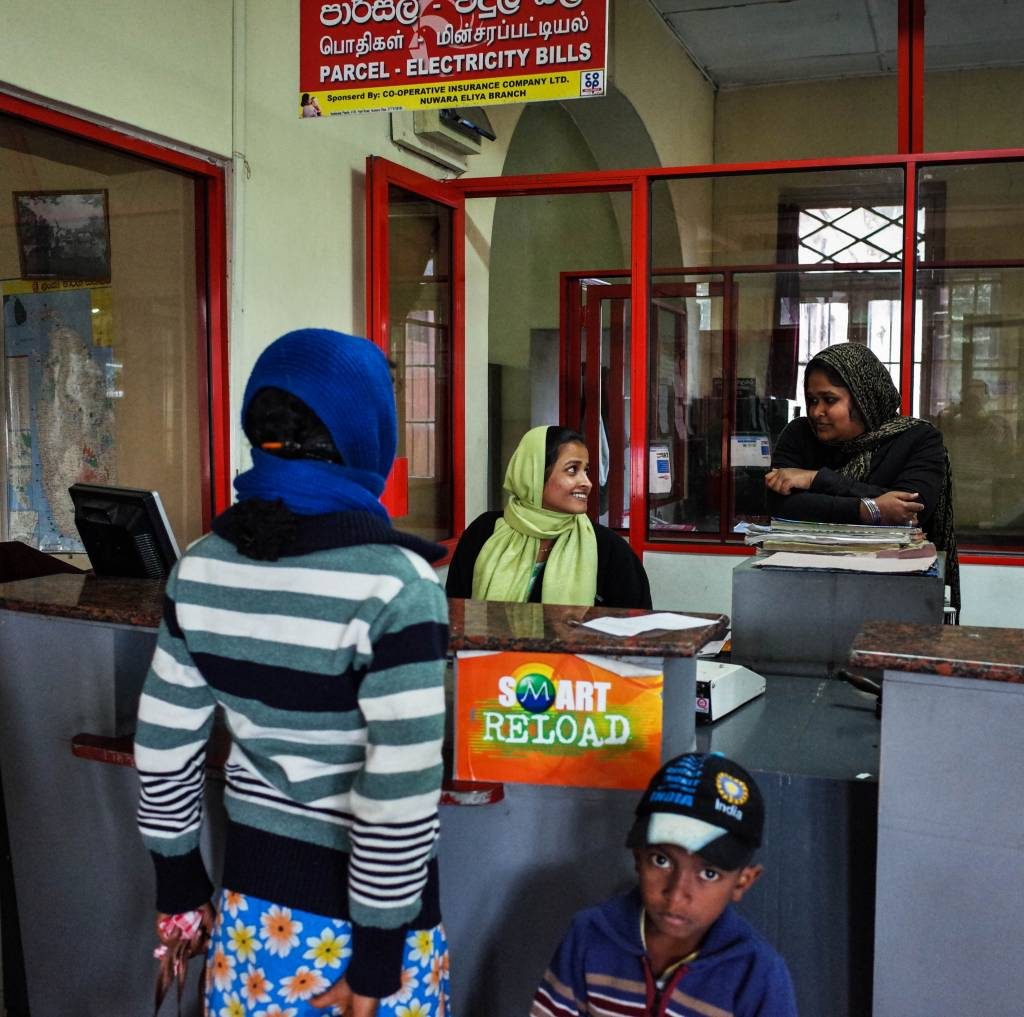
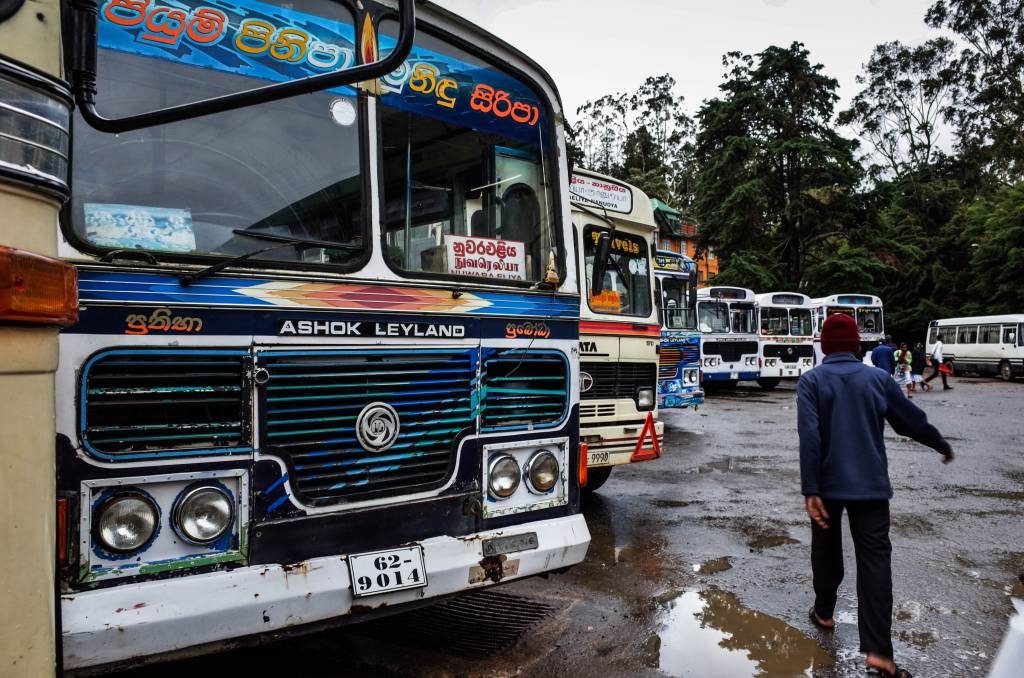
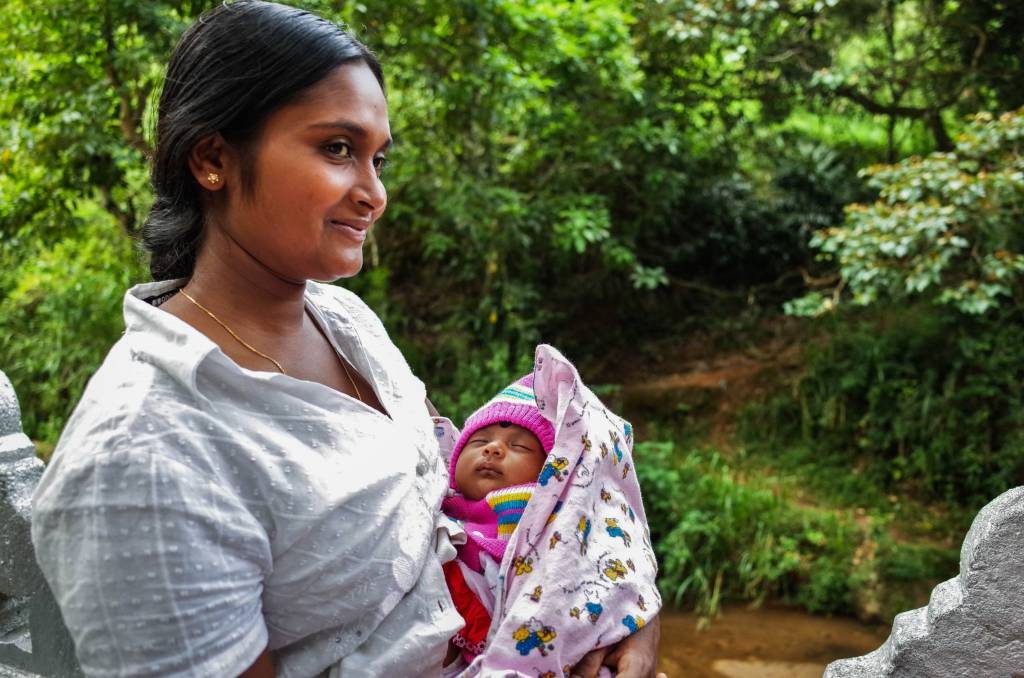
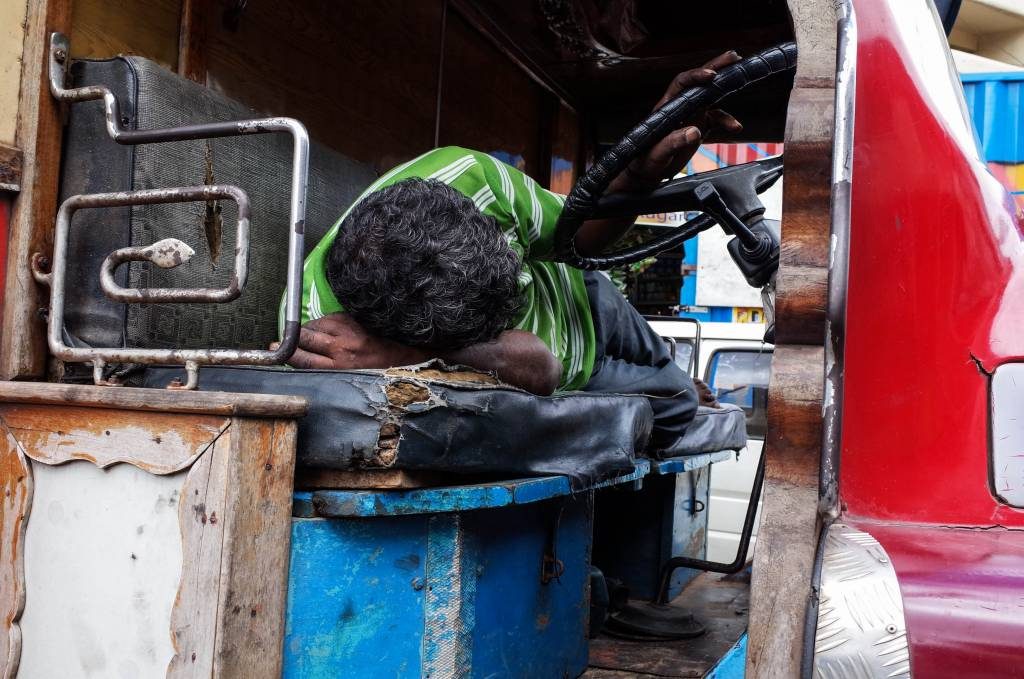
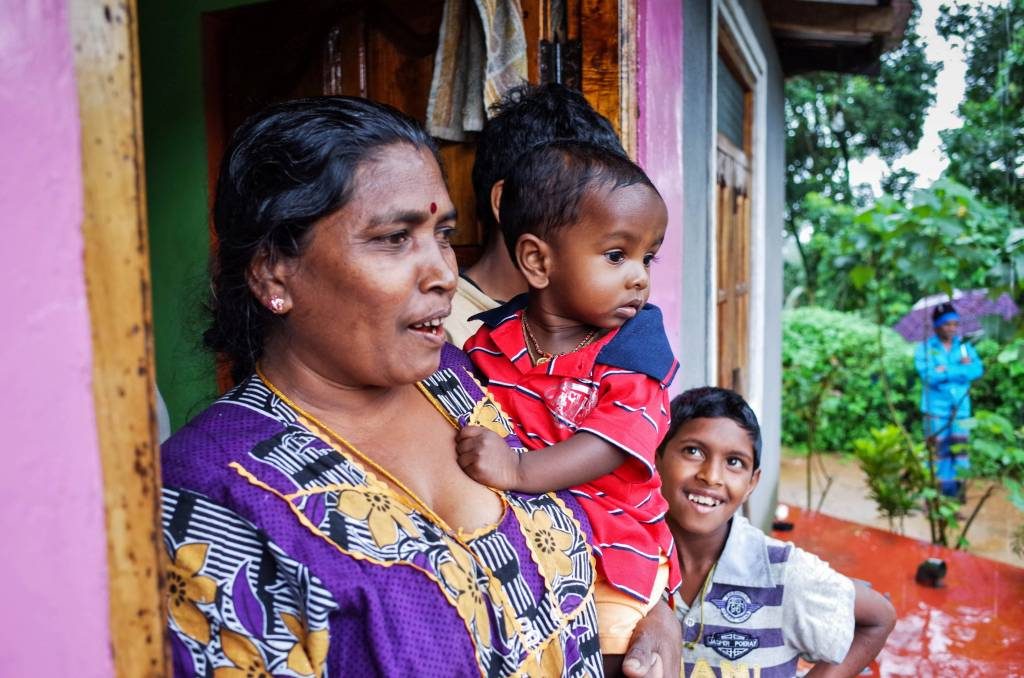
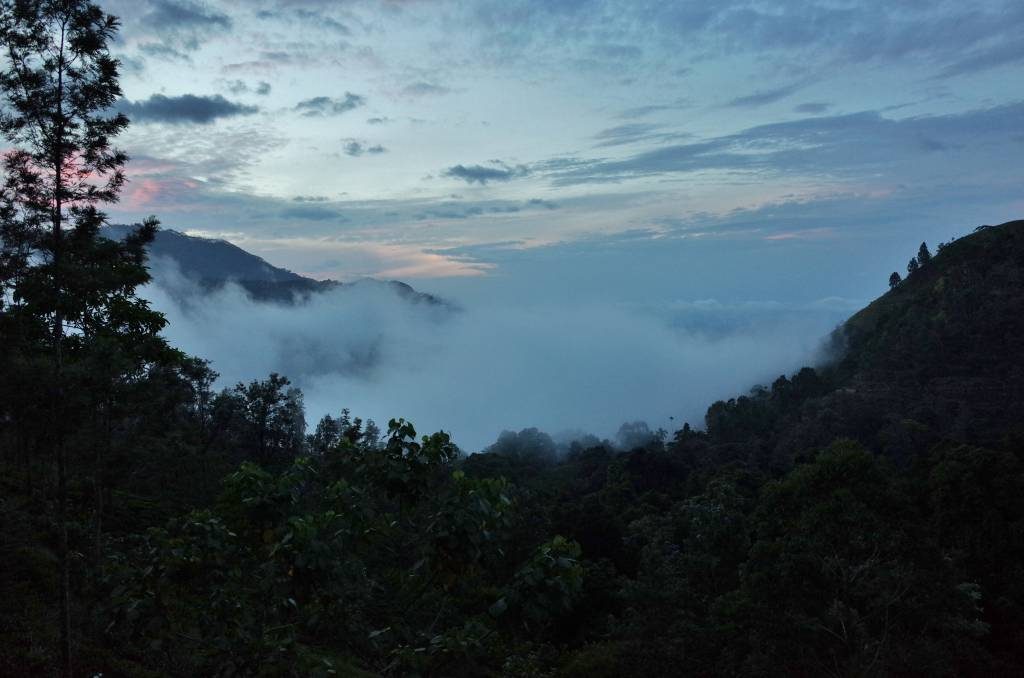
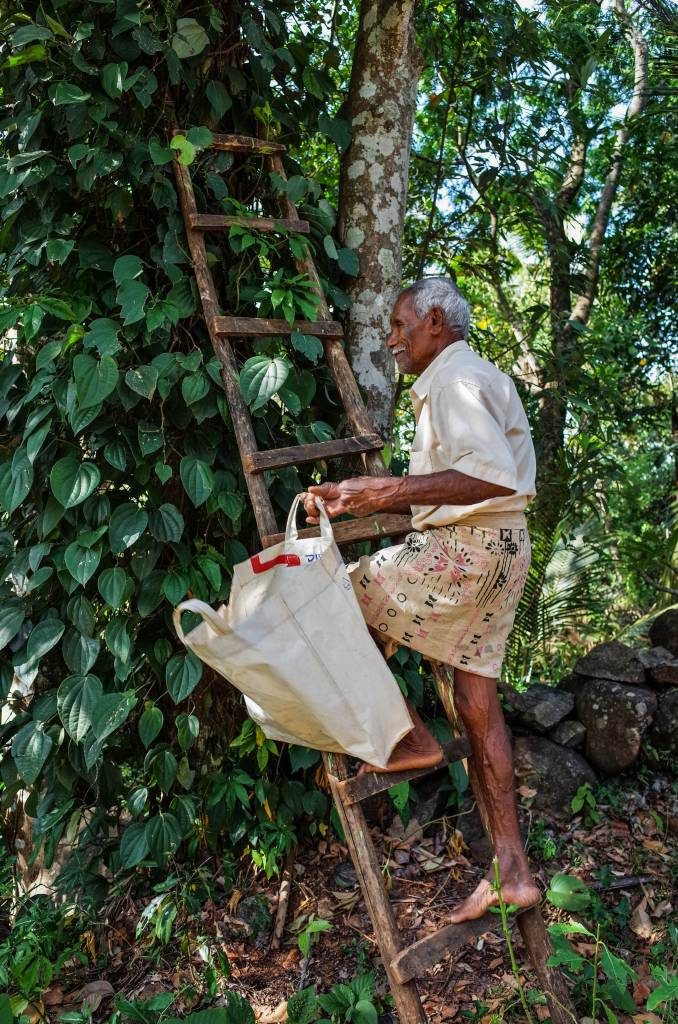
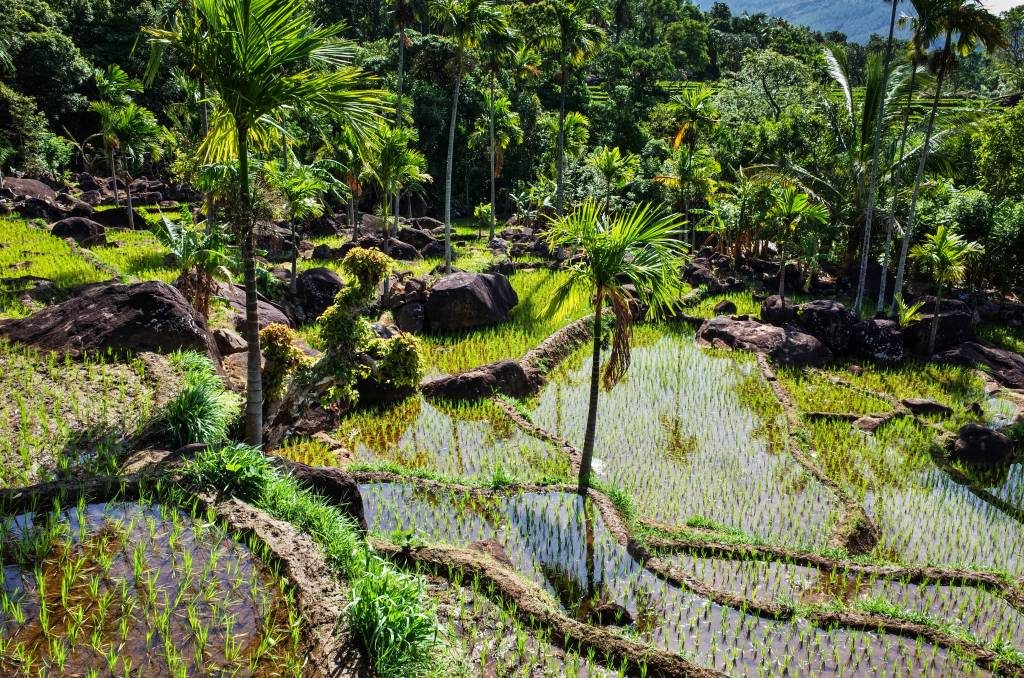
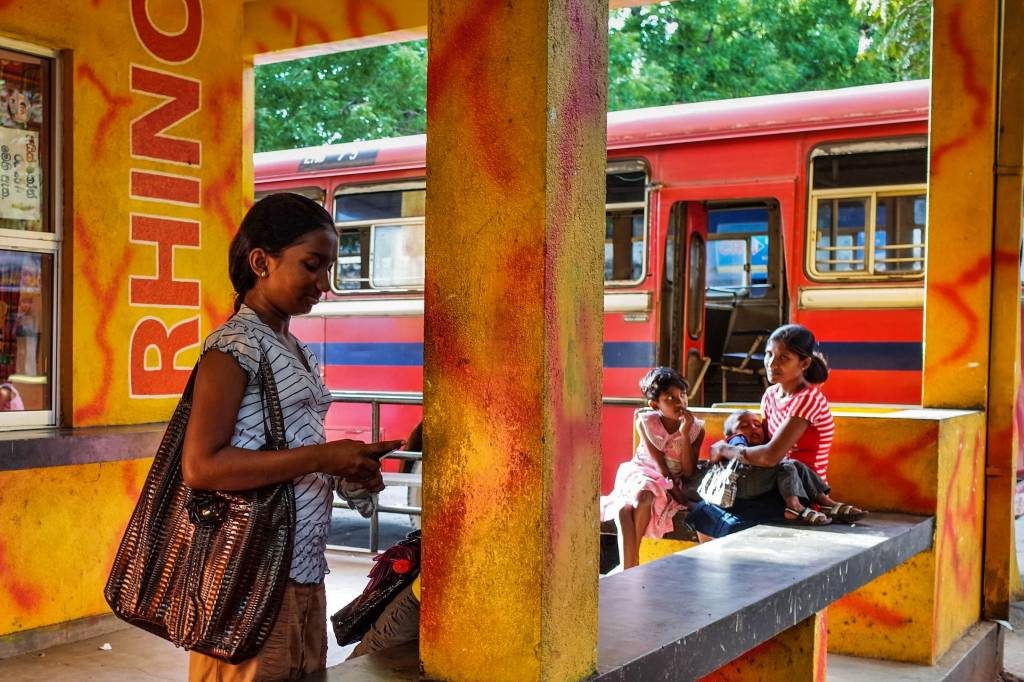
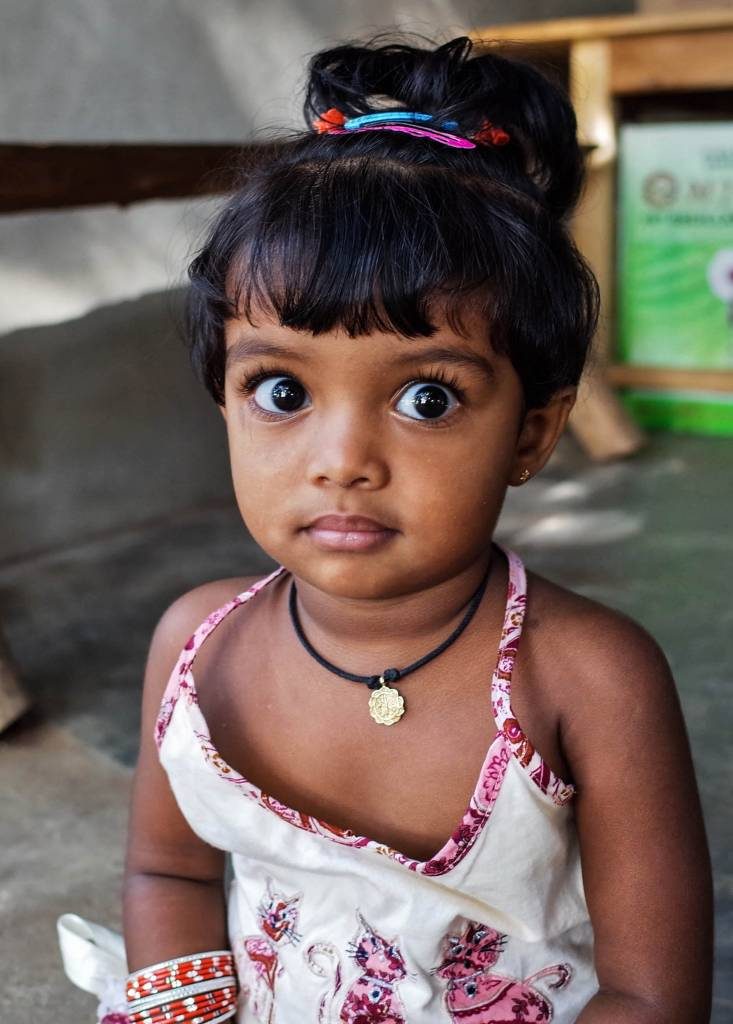
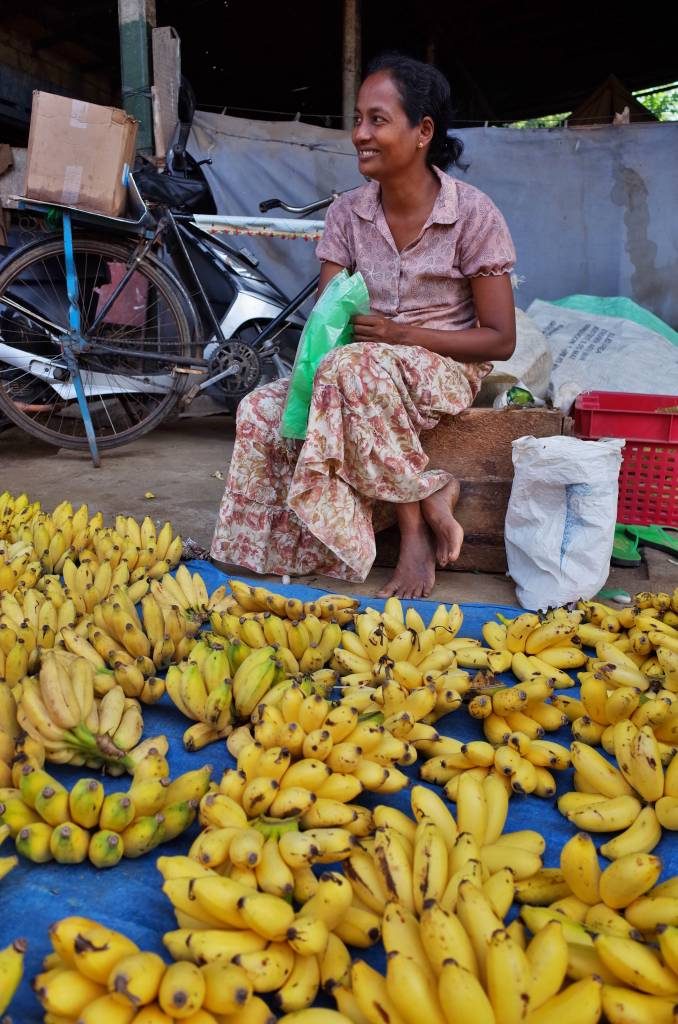
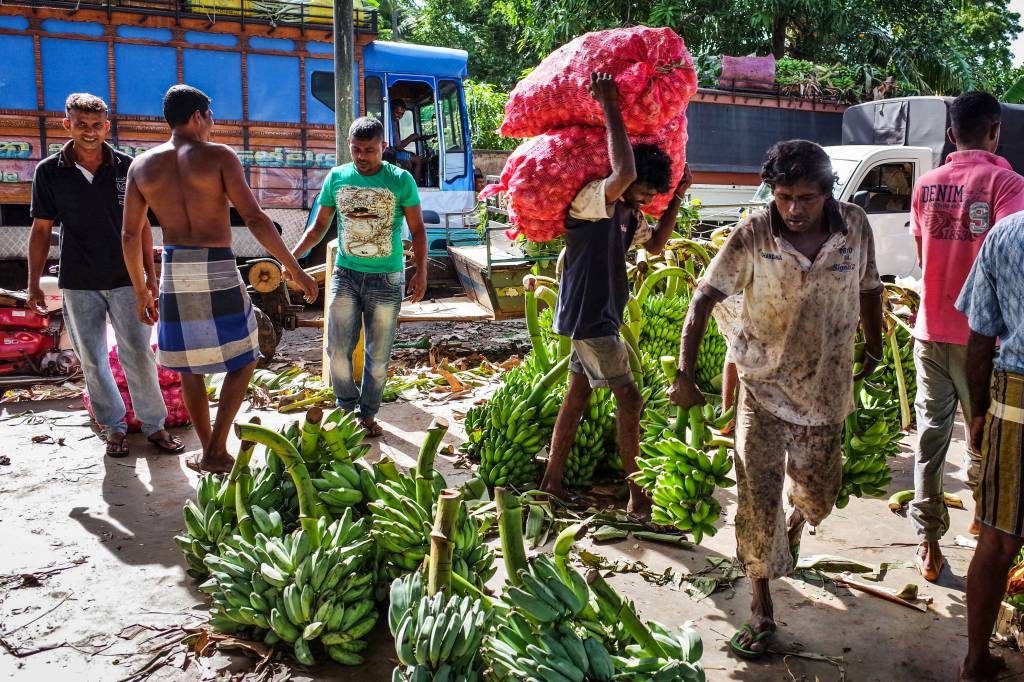
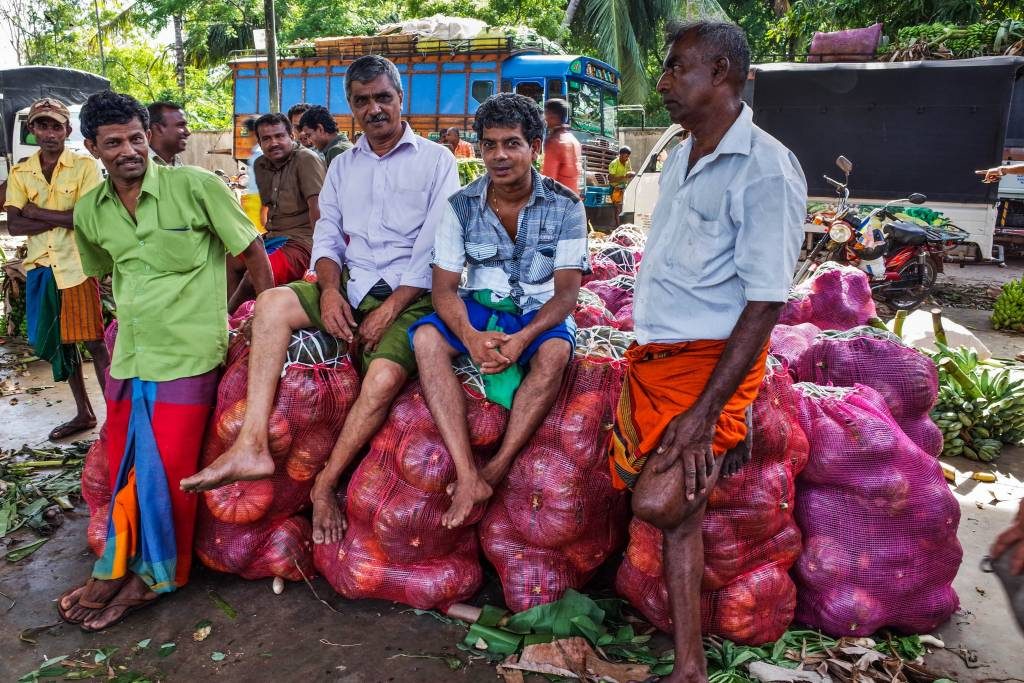
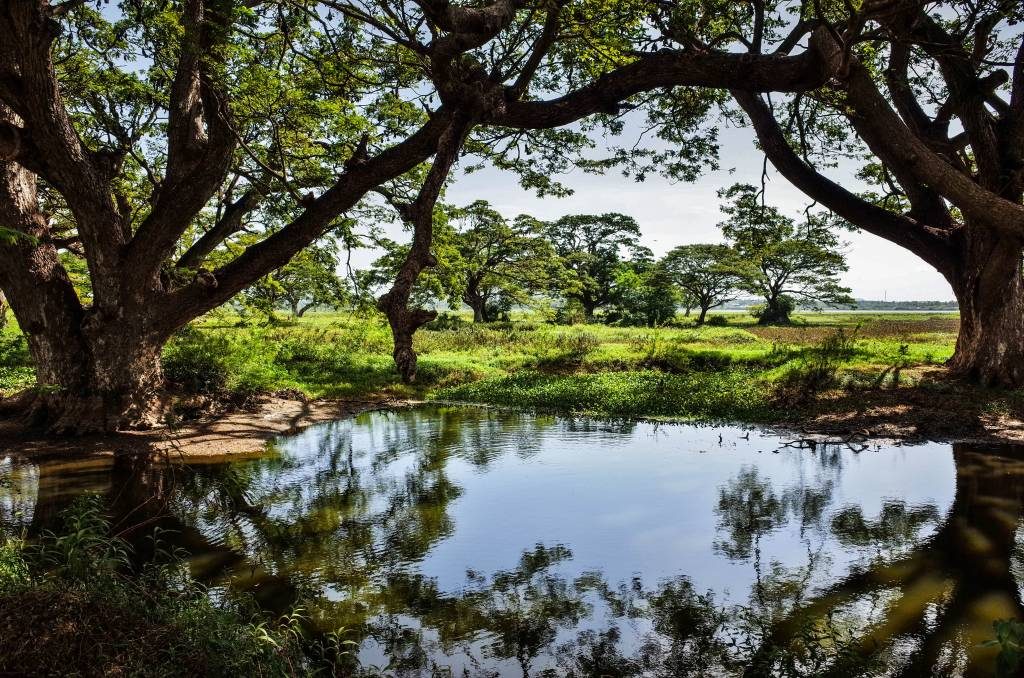
Given that this series of images was your first time out with the 28mm lens after a brief familiarisation, you have really done well to get in close or crop to a close perspective. Thank you for presenting.
thanks Wayne. not much cropping from what I can get on the data. Either 28 or 35 mm crop but mostly 28
Thanks Brian. AS I recall she was a really cheeky girl.
A very well written informative article. The images are wonderful and I particularly enjoy the little girl with the big expressive eyes.
Lovely images Jean, thanks!
Thanks Kevin
WOW! Fabulous photos and colors, where are you you folks going next to enthrall us? Always thought about GR but stayed w X’s.
Thanks John. Some more articles about Asia to come (just bought a couple of plane tickets to Kathmandu for next year). Gr is collecting dust as I use my X2 a lot and the 10 year old little grd4 with its tiny ccd sensor at the moment.
Excellent
Thanks
I am amazed by the sheer variety of composition and framing that you achieve with the 28mm lens. Everything from wide scenes to that wonderful close-up child portrait. Perhaps I shall have to set one of my zooms permanently on 28mm and see if I can learn something. Your travelogues are a sheer delight.
Thank you – John N.
Thanks John. I’ve shot 28mm for years now and 35 with my X2 or the ricoh crop mode. Zoom lenses have never worked for me. It takes time to get used to the 28 field of view and way to compose. I love the discipline of composing with that single (double) focal length.
A wonderful story with amazing images supporting it. There is so many vivid colours in these shots, captured so excellently by that little beast of a camera. I am not sure I can pick a favourite, as there are so many decent shots.
I look forward to your next image fest.
Dave
Thanks Dave. I loved the people and colours of Sri Lanka.